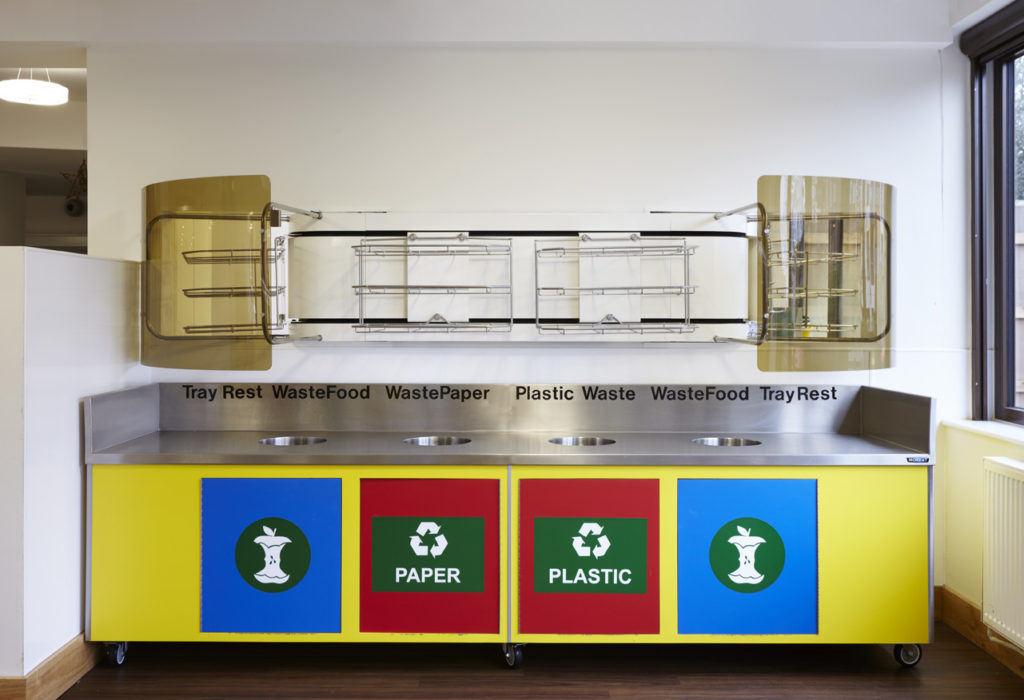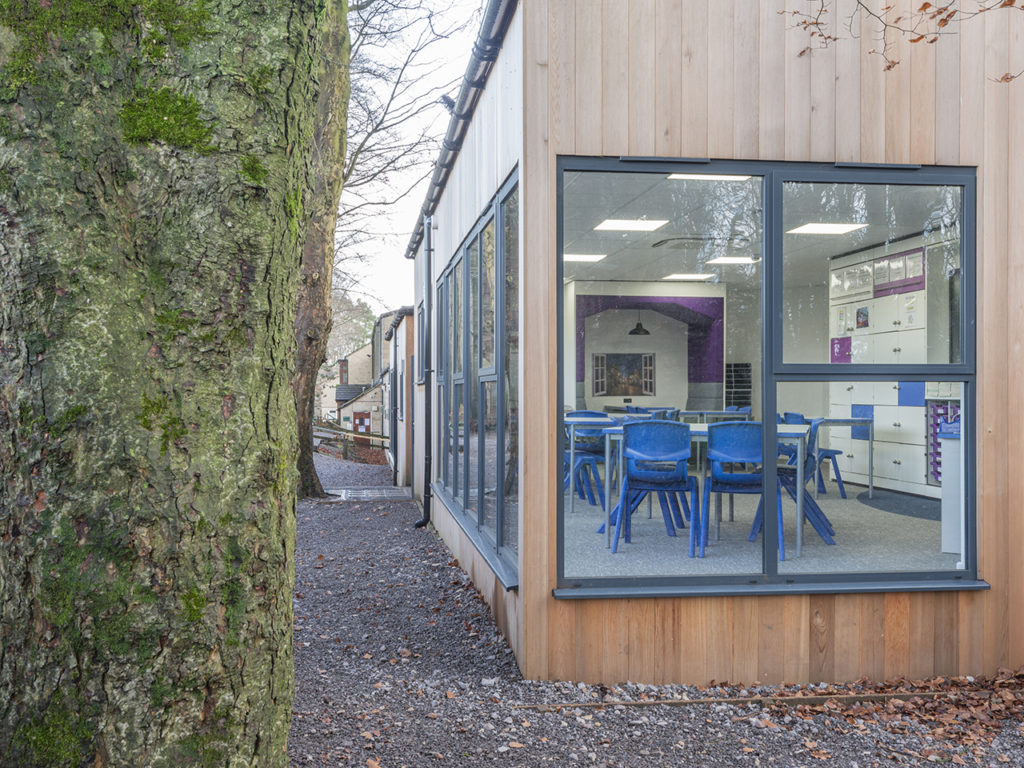Net zero for schools is primarily comprised of three main parts: the future of our children; the laws and regulations surrounding the reduction of pollutants; and ensuring greener options are cheaper.
At the HMC and IAPS conference in Edinburgh, keynote speaker Nigel Aylwin-Foster – Re-Energise’s Business Development Director – addressed the issue of Net Zero for schools. Adept at assessing the suitability of schools for conversion to low carbon technologies, Nigel is a published author and fascinating speaker on net zero, school decarbonisation and the surrounding issues. Although a supporter of dealing with climate change, he is a firm believer of clear messaging and being understanding of each school’s needs.

Who benefits from our school being Net Zero?
First and foremost, we are doing this for all our futures. Your students, their children and subsequent generations will all benefit from a net zero 2050 target to reduce carbon in the atmosphere. If schools implement campaigns to help raise the awareness of energy efficiency and reduce waste, students will learn the importance of these measures as life skills.
There are specific challenges for schools when trying to reduce global warming but it is never too early to start. The UK has until 2050 to cut greenhouse gas emissions to net zero with changes to our usage of power, transport and heat which are changing but not quickly enough and there are technical challenges which may take years to solve. The main issue, heat decarbonisation, is understood to have the most significant impact and needs to be urgently addressed.

How Can Our School Achieve Net Zero Affordably?
Schools’ aim to achieve net zero affordably is increasingly likely to be met if they have a decarbonisation plan which covers what they know, what they need to know and what financial help is available to implement energy efficiency.
The main points are:
- Power – solar panels, use water to generate power, consider generating income via ‘grid balancing’ if you have spare unused land
- Heating – phase out fossil fuels and convert to low carbon methods, use heat pumps where possible and if your school has a large body of water in its grounds, look into how to use that for heat
- Transport – change old school vehicles to electric and install charging points on school grounds
Schools in 2050 – Net Zero Target
With the government target of Net Zero by 2050, schools at that time may look fundamentally the same in that some will be new builds and some needing repair; some modern and some steeped in tradition, but it will be the infrastructure of each school that will change to adopt greener energy efficiency methods for transport, heat and power. This will ensure our future remains positive, happy and healthy with a school environment we will have adapted to be the best it can be for ourselves and our students.
Call our team at Envoplan to find out more.




